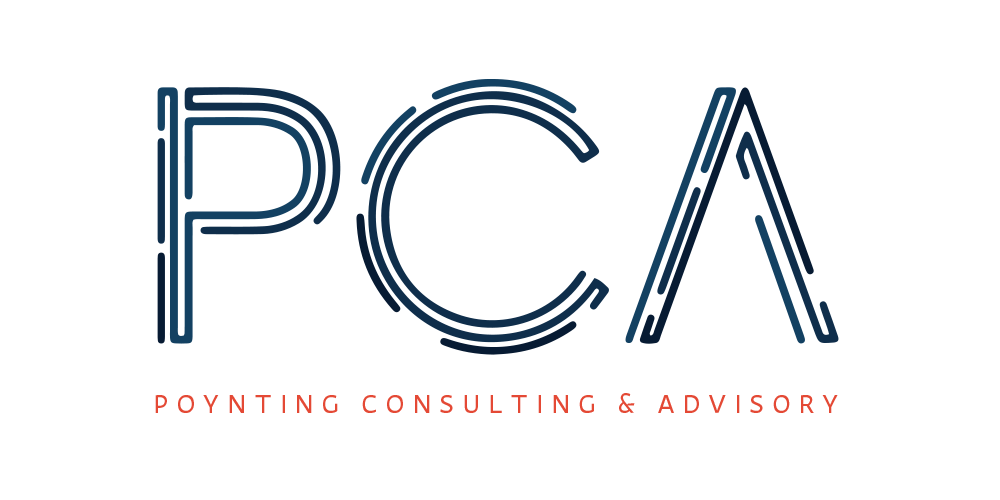What is a 'Child Safe Organisation'?
This is article one of five that will be released over five days. These articles are for professionals in Australia that work with children and have heard the term ‘child safe organisation’ but are not sure how it applies to them, their sector or the work they do every day to keep children they work with safe.
The terms ‘child safe organisations,’ ‘child safe environments’ and ‘child safe communities’ are appearing more frequently in the media, in statements released by organisations, in funding requirements and in public debate. But what is a Child Safe Organisation?
Australia is a signatory to the United Nations Convention on the Rights of the Child (UNCRC). Two of the rights that Australian children, along with children in 195 other countries have are:
Article 19 (using child friendly language), “Children have the right to be protected from being hurt and mistreated, in body or mind” and
Article 3 (again, in child friendly language), “All adults should do what is best for children. When adults make decisions, they should think about how their decisions will affect children.”
A simple definition of a Child Safe Organisation is one which respects, upholds, values and advocates for the rights and needs of children. For a more complete definition, the Australian Human Rights Commission (2018, p.4) provide the following definition of a Child Safe Organisation:
A child safe organisation consciously and systematically:
Creates an environment where children’s safety and wellbeing is the centre of thought, values and actions
Places emphasis on genuine engagement with, and valuing of children
Creates conditions that reduce the likelihood of harm to children and young people
Creates conditions that increase the likelihood of identifying any harm
Responds to any concerns, disclosures, allegations or suspicions of harm.
The National Children’s Commissioner, Megan Mitchell stresses that organisations must go beyond policy and procedure to be truly safe, and their safeguarding initiatives must be rooted in the organisation’s culture. PCA cannot echo this sentiment loudly enough! At the end of the day, mission statements, values and goals, and policies are just words on a page unless they are lived every day by the individual staff, volunteers, and all adults associated with the organisation. It is only when organisations embrace child safeguarding as core to their culture and purpose that they will truly be a Child Safe Organisation.
In 2017, the Royal Commission into Institutional Responses to Child Sexual Abuse handed down their Final Report. This report contains seventeen volumes and, along with the three earlier Reports handed down by the Commission, is over 2-feet thick. In Volume 2: Nature and Causes, the Final Report states, “Many survivors told us that ignorance about child sexual abuse in institutions hindered prevention and identification, and meant institutions failed to respond appropriately. In many instances, the lack of knowledge enabled sexual abuse to continue undetected” (Commonwealth of Australia, 2017a, p. 9). In Volume 6: Making Institutions Safe, the Final Report states, “What we heard showed that child sexual abuse in institutions continues today and is not just a problem from the past. We learned that institutional cultures and practices that allowed abuse to occur and inhibited detection and response continue to exist in contemporary institutions” (Commonwealth of Australia, 2017b, p. 9).
PCA tenaciously advocates that the first step for any organisation to become child safe is always the same: organisations must first recognise that the risk of child abuse and neglect is always present within their institution. Why is this so important? Because you can’t find what you’re not looking for. PCA believes that child sexual abuse, and probably all types of child abuse and neglect are entirely preventable in institutions – but not in organisations that don’t even acknowledge that the risk exists.
If you’d like to learn more Child Safe Organisations, why they’re important, and receive some free actionable advice – stay tuned. Over the next five days, PCA will be publishing five articles explaining different aspects of being a child safe organisation. Find them on LinkedIn, on PCA’s website or on Twitter with the hashtag #CSOin5Days.
References
Australian Human Rights Commission. (2018) National Principles for Child Safe Organisations. Sydney: Australian Human Rights Commission. Retrieved from https://childsafe.humanrights.gov.au/sites/default/files/2019-02/National_Principles_for_Child_Safe_Organisations2019.pdf
Commonwealth of Australia. (2017a). Royal Commission into Institutional Responses to Child Sexual Abuse: Final Report Volume 2 – Nature and Cause. Canberra: Commonwealth of Australia
Commonwealth of Australia. (2017b). Royal Commission into Institutional Responses to Child Sexual Abuse: Final Report Volume 6 – Making Institutions Child Safe. Canberra: Commonwealth of Australia
